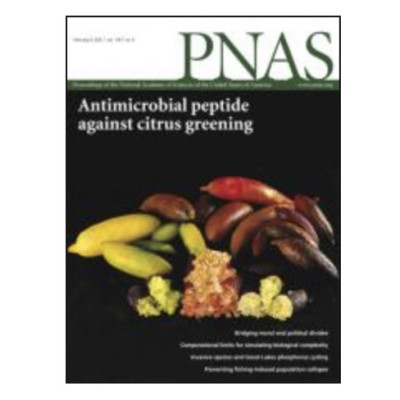Publication
Evolutionary dynamics at the tumor edge reveals metabolic imaging biomarkers
J. Jiménez-Sánchez, J.J. Bosque, G.A. Jiménez-Londoño, D. Molina-García, A. Martínez-Rubio, J. Pérez-Beteta, C. Ortega-Sabater, A.F Honguero-Martínez, A.M. García-Vicente, G.F. Calvo, V.M. Pérez-García
Proceedings of the National Academy of Sciences (USA) 118(6) e2018110118 (2021).
MOLAB authors
Abstract
Human cancers are biologically and morphologically heteroge- neous. A variety of clonal populations emerge within these neoplasms and their interaction leads to complex spatiotempo- ral dynamics during tumor growth. We studied the reshaping of metabolic activity in human cancers by means of continuous and discrete mathematical models and matched the results to positron emission tomography (PET) imaging data. Our models revealed that the location of increasingly active proliferative cel- lular spots progressively drifted from the center of the tumor to the periphery, as a result of the competition between gradu- ally more aggressive phenotypes. This computational finding led to the development of a metric, normalized distance from 18F- fluorodeoxyglucose (18F-FDG) hotspot to centroid (NHOC), based on the separation from the location of the activity (prolifera- tion) hotspot to the tumor centroid. The NHOC metric can be computed for patients using 18F-FDG PET–computed tomography (PET/CT) images where the voxel of maximum uptake (standard- ized uptake value [SUV]max) is taken as the activity hotspot. Two datasets of 18F-FDG PET/CT images were collected, one from 61 breast cancer patients and another from 161 non–small-cell lung cancer patients. In both cohorts, survival analyses were carried out for the NHOC and for other classical PET/CT-based biomarkers, finding that the former had a high prognostic value, outperform- ing the latter. In summary, our work offers additional insights into the evolutionary mechanisms behind tumor progression, provides a different PET/CT-based biomarker, and reveals that an activity hotspot closer to the tumor periphery is associated to a worst patient outcome.















